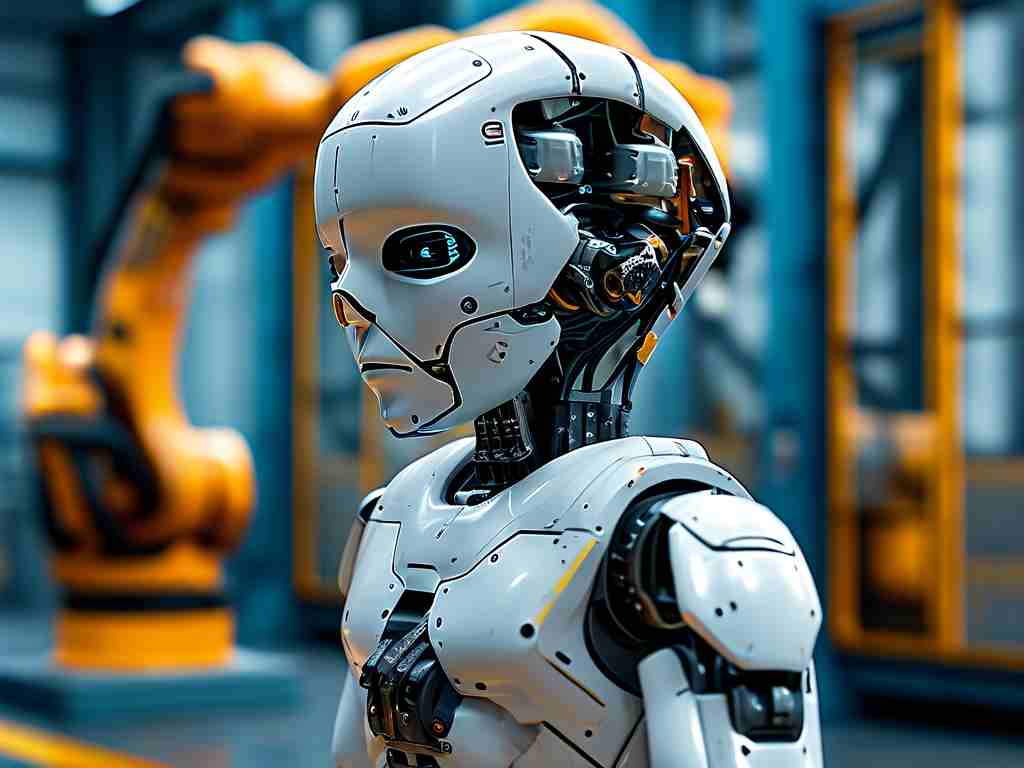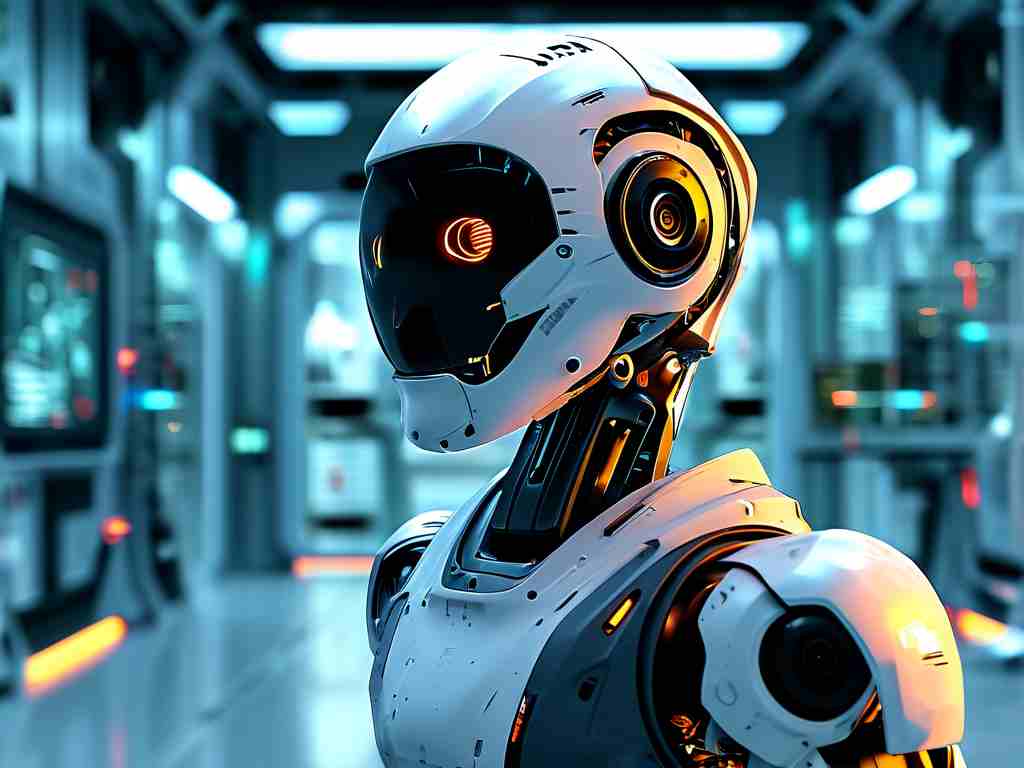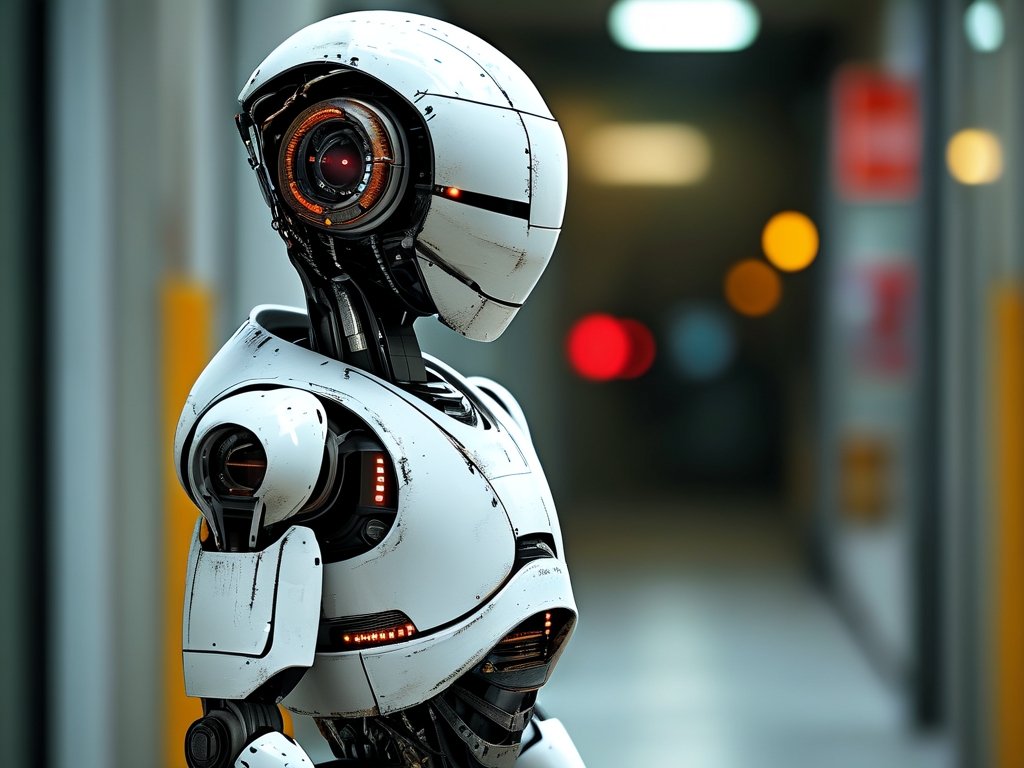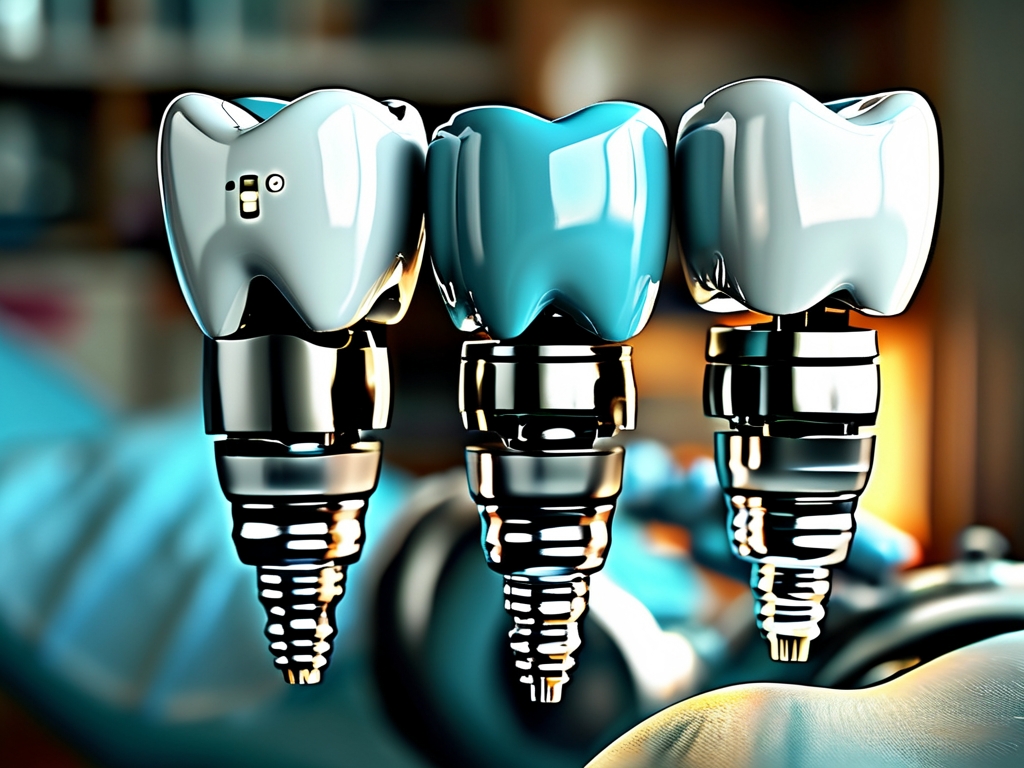The integration of robotics into healthcare has revolutionized medical practices, offering precision, efficiency, and innovation. Hospital robotics technology combines mechanical engineering, artificial intelligence (AI), and data analytics to perform tasks ranging from surgery to patient care. This article explores the core principles behind hospital robots, their applications, and the future of automated healthcare.
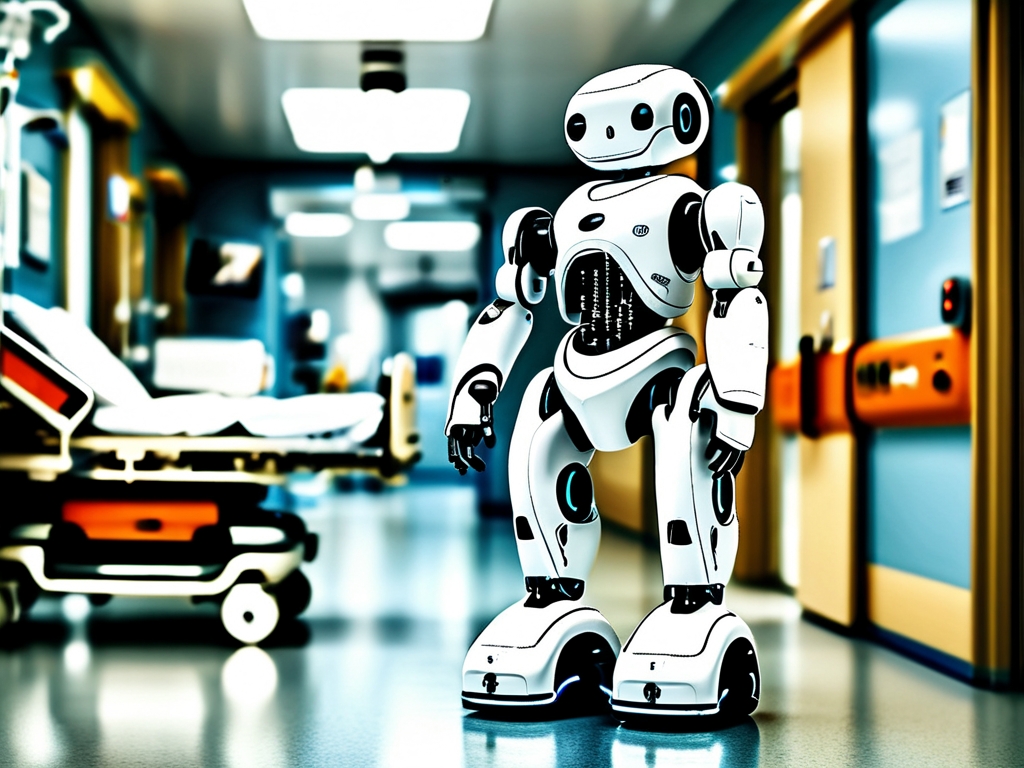
Core Principles of Hospital Robotics
-
Mechanical Design and Actuation
Hospital robots are engineered to interact safely with humans and environments. Their mechanical frameworks prioritize flexibility, stability, and miniaturization. For example, surgical robots like the da Vinci Surgical System use articulated arms with multiple degrees of freedom, mimicking a surgeon’s hand movements while filtering out tremors. Actuation systems rely on electric motors or hydraulic mechanisms, ensuring precise control during delicate procedures. -
Sensors and Perception Systems
Robots depend on sensors to interpret their surroundings. In hospitals, optical cameras, infrared sensors, and force/torque sensors enable tasks such as navigating corridors, detecting patient vitals, or adjusting grip strength when handling instruments. Lidar (Light Detection and Ranging) is increasingly used for mapping hospital layouts autonomously. -
AI and Machine Learning
AI algorithms empower robots to make real-time decisions. Machine learning models analyze medical data, such as imaging scans or patient histories, to assist in diagnostics. Natural language processing (NLP) allows robots like Moxi (a nursing assistant robot) to understand verbal commands or update electronic health records. Reinforcement learning enables robots to improve performance through trial and error, such as optimizing disinfection routes. -
Human-Robot Interaction (HRI)
Safe collaboration between robots and healthcare workers is critical. HRI principles ensure robots recognize human presence, avoid collisions, and respond to emergencies. Tactile sensors and voice recognition systems foster intuitive communication, while ethical AI frameworks address privacy concerns.
Applications in Modern Healthcare
-
Surgical Robotics
Robotic-assisted surgery minimizes invasiveness and enhances precision. Systems like the da Vinci translate a surgeon’s hand movements into micro-incisions, reducing recovery times. AI-driven robots can also pre-plan surgeries using 3D patient scans, ensuring accuracy in complex procedures like neurosurgery. -
Logistics and Delivery
Autonomous mobile robots (AMRs) transport medications, lab samples, and equipment across hospitals. Equipped with RFID scanners and obstacle-avoidance systems, they optimize supply chain efficiency. During the COVID-19 pandemic, robots like TUG reduced human contact by delivering meals and PPE. -
Patient Care and Rehabilitation
Robotic exoskeletons aid patients with mobility impairments, using motion sensors to support walking or lifting. Social robots, such as PARO (a therapeutic seal robot), provide companionship to elderly patients, alleviating loneliness and dementia symptoms. -
Disinfection and Sterilization
UV-C disinfection robots, like Xenex, use ultraviolet light to destroy pathogens in operating rooms. These robots follow pre-programmed routes, ensuring thorough sterilization without human exposure to harmful radiation.
Challenges and Limitations
Despite advancements, hospital robotics faces hurdles. High costs limit accessibility, particularly in developing regions. Technical failures, though rare, pose risks during surgeries. Ethical debates persist about job displacement and over-reliance on machines. Additionally, interoperability between robotic systems and legacy hospital software remains a challenge.
The Future of Hospital Robotics
Future trends include swarm robotics for coordinated tasks (e.g., mass disinfection) and nanorobots for targeted drug delivery. AI advancements will enable predictive analytics for early disease detection. Collaborative robots (cobots) will work alongside staff, handling repetitive tasks while humans focus on complex decision-making.
Regulatory frameworks must evolve to ensure safety and standardization. Cross-disciplinary collaboration—between engineers, clinicians, and policymakers—will drive innovation while addressing ethical concerns.
Hospital robotics technology is reshaping healthcare by merging engineering brilliance with medical expertise. From precision surgery to compassionate patient interaction, robots are becoming indispensable allies. As technology advances, the focus must remain on enhancing human well-being, ensuring that automation complements—rather than replaces—the irreplaceable human touch in medicine.


